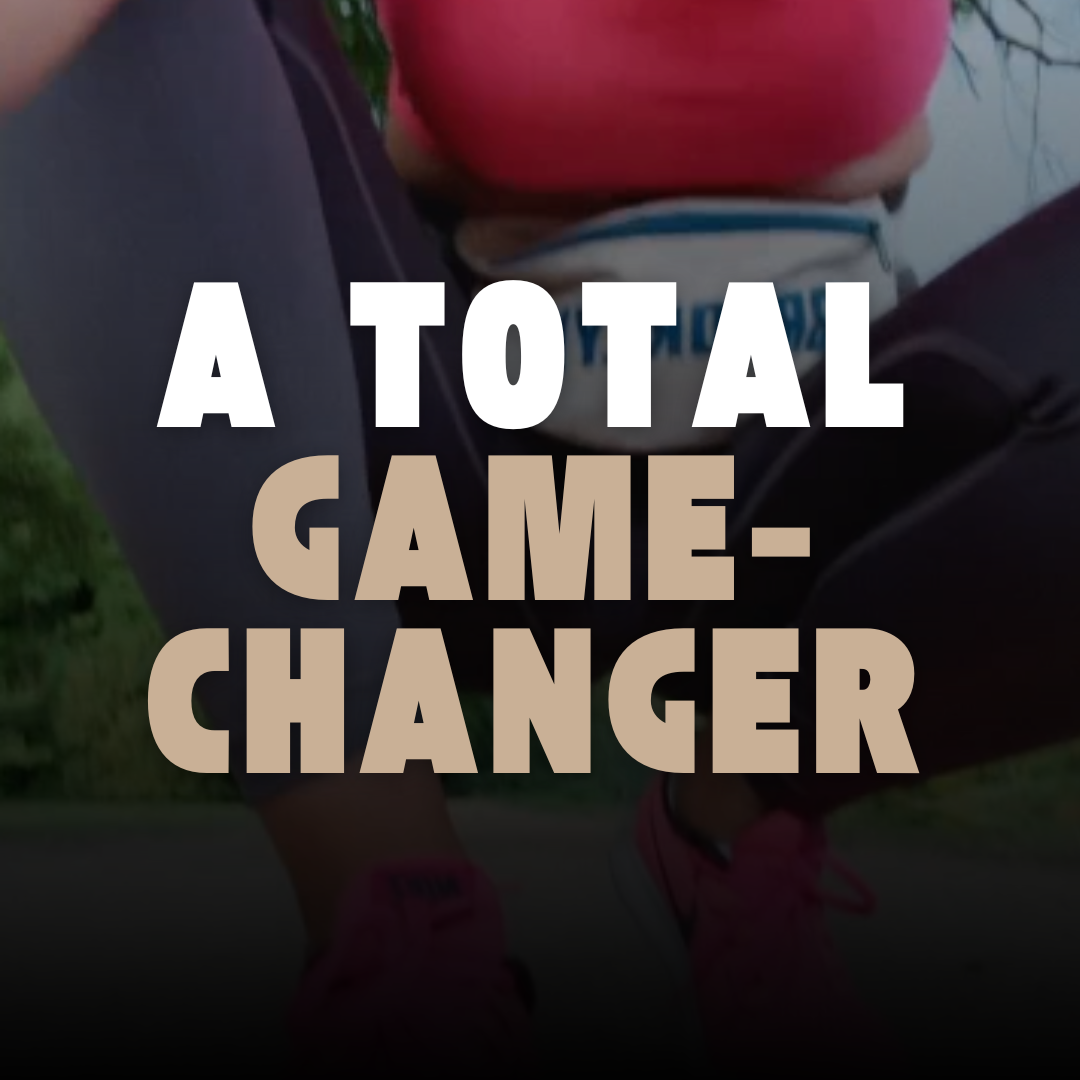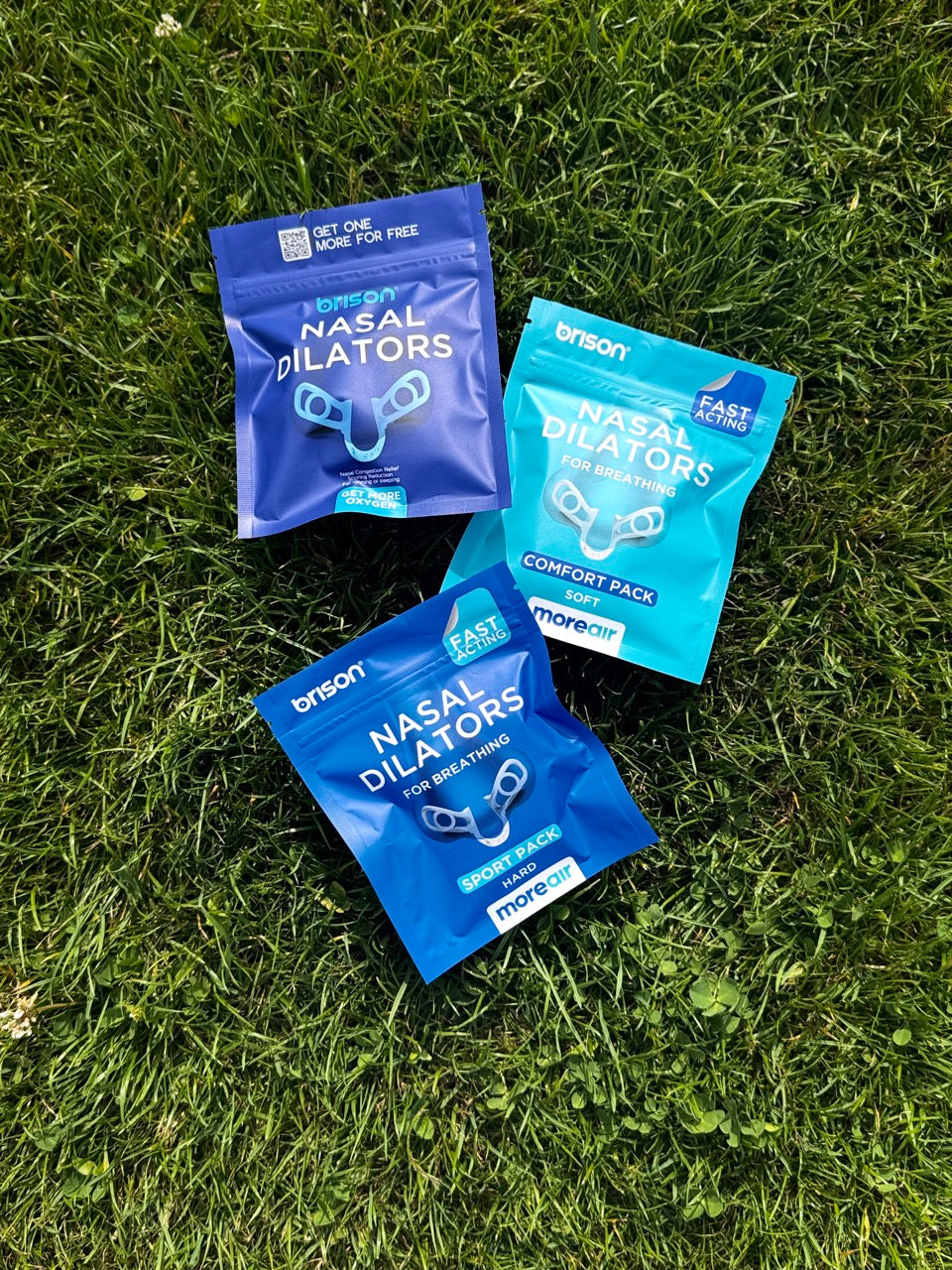Running a marathon is one of the most physically demanding feats an athlete can undertake. With every mile, runners subject their feet, joints, and muscles to intense impact and repetitive motion. From blackened toenails to stress fractures, the challenges are real—but there’s one simple, often overlooked solution that can make all the difference: comfortable insoles.
The Brutal Reality of Marathon Running
Marathoners endure an average of 55,000 steps over the course of 26.2 miles. That’s 55,000 times their body weight crashes down on their feet, ankles, knees, and hips. This repetitive impact can cause a host of painful problems, such as:
-
Shin splints
-
Plantar fasciitis
-
Blisters
-
Loss of toenails
-
Joint strain and overuse injuries
While elite runners may seem superhuman, they face the same physical stresses as everyone else. Their edge often lies in the details—like smart gear choices that protect their body from the wear and tear.
Why Insoles Are a Game-Changer
Many runners focus on finding the perfect running shoe, but the right insoles can elevate even a basic shoe into performance gear. Here's how insoles work to protect your body:
1. Impact Absorption
Good insoles are made of materials like EVA foam or gel that absorb shock. This means every step is cushioned, reducing the force that travels up through the feet and into the knees and hips.
2. Support and Alignment
Custom or quality insoles help maintain proper foot alignment. They correct overpronation (rolling inward) or supination (rolling outward), promoting healthy gait mechanics and reducing the risk of injury.
3. Reduced Fatigue
By improving posture and alignment, insoles reduce muscle strain and fatigue. This is crucial during a marathon, where small inefficiencies can compound over hours of running.
4. Blister Prevention
Insoles reduce foot slippage inside the shoe and provide a snugger fit, decreasing friction and the risk of painful blisters.
5. Protection for Toenails and Joints
With better shock absorption and foot positioning, the likelihood of bruised toenails and joint damage is significantly lower.
Choosing the Right Insoles for Running
Not all insoles are created equal. Here's what to consider when choosing the best option for your marathon training:
-
Arch Type: Do you have high arches, flat feet, or neutral arches? Match the insole to your arch type.
-
Material: Look for materials that offer durability, cushioning, and breathability.
-
Fit: The insole should match your shoe size and sit securely in place without bunching.
-
Special Features: Some insoles come with moisture-wicking fabric, odor control, or added heel cushioning—great for long-distance running.
The Bottom Line: Don't Underestimate the Power of Insoles
Your feet carry you every step of the way in a marathon. Why not give them the comfort and support they deserve? Whether you're a seasoned runner or just starting your training, comfortable insoles can be your secret weapon for a pain-free, powerful run.
They may be hidden inside your shoes, but their impact is felt with every stride. So, next time you're gearing up for a long run, don’t just lace up—level up with the right insoles.




Leave a comment
This site is protected by hCaptcha and the hCaptcha Privacy Policy and Terms of Service apply.